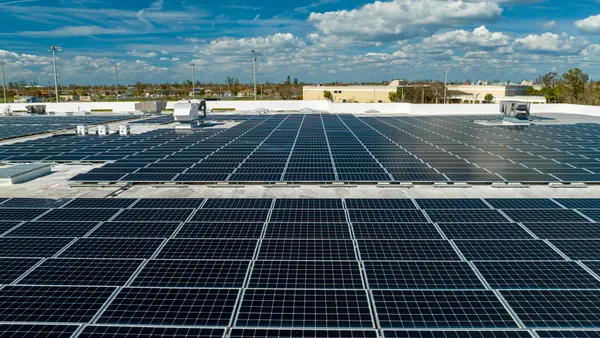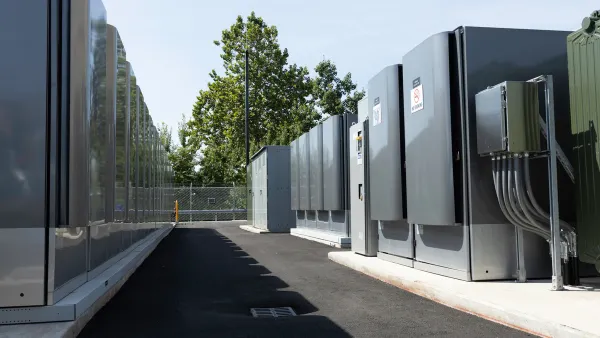Dive Brief:
- Maryland lawmakers on Monday passed legislation targeting 1% annual energy savings for low-income households by 2026, and requiring the state to make the necessary investments through its Department of Housing and Community Development.
- Maryland's EmPOWER efficiency program launched more than a decade ago and currently has a 2% annual savings target, but low-income efforts were delegated to DHCD, which historically has not had a savings target.
- Reaching the five-year goal could cost more than $377 million, according to analysis by Gabel Associates, but the investment is expected to generate savings for all Maryland customers. Bill sponsor Del. Lorig Charkoudian, D, said funds from the federal 2021 infrastructure legislation can be accessed to help defray the costs.
Dive Insight:
There are 26 states with an energy efficiency resource standard like Maryland's and while "they are great policy" many contain a significant oversight when it comes to issues of energy equity, according to Deron Lovaas, senior policy advisor for the Natural Resources Defense Council.
"They often don't have a complementary target for low-income housing," Lovaas said. "This is a gap. It's not intentional — these were set up to provide system-wide diffuse benefits. But that means in terms of the distribution of those benefits, the standards are unfair as written. They're inequitable."
Maryland has been considering this issue for years, and the legislation has come before the General Assembly twice before.
"Third time's the charm," said Charkoudian, who has championed the issue and called the bill "crucial." She said the legislation passed by sufficient margins to override a potential veto, though there are no indications which way Gov. Larry Hogan, R, may be leaning.
The measure could also become law if Hogan does not take action on the bill for 30 days.
While the EmPOWER program has produced energy savings of 2% annually over the last eight to 10 years, the work done by DHCD has generated annual savings for low-income customers that have historically ranged from 0.04% to 0.2%, Charkoudian said.
"It is unacceptable not to have a standard to make sure that our low-income households are also gaining efficiency," she said. "The folks struggling the most get the fewest benefits from our state programs."
The benefits of the policy are potentially "significant," according to the Gabel study. Setting a 1% by 2026 savings target would generate $509.9 million in benefits and $377.5 million in total costs, with benefit-cost ratio of 1.35, according to the analysis.
"Investment in energy efficiency for low-income customers provides demonstratable benefits to participants, all customers, and the State of Maryland," the report concluded.
Maryland customers will not pay the entire cost, Charkoudian said. While some funding will come from the EmPOWER program, which is funded by electricity customers, the U.S. Department of Energy's weatherization assistance program will also be tapped, as will programs operated by the U.S. Department of Housing and Urban Development and U.S. Department of Agriculture.
"Leveraging and coordinating of all the funds that are available ... let's you get at these issues in a way that just hasn't been done before," Charkoudian said.
The issues of equity in energy and efficiency are "crucial," said Charkoudian, who hopes the Maryland legislation can be a model for others.
"A lot of states have the broader goals and I think it's really important to be breaking them out and asking questions about how equitably our investments in those broader goals are manifesting themselves in the details."
Correction: A previous version of this story misstated the savings DHCD's low-income energy efficiency work has generated.














